The Boeing 787 Dreamliner, a marvel of modern aviation, has revolutionized air travel with its advanced technology, fuel efficiency, and passenger comfort. Since its introduction in 2011, the Dreamliner has become a favorite among airlines and passengers alike, quickly establishing itself as a long-haul workhorse. But which airlines have embraced the 787 most enthusiastically? Let’s delve into the world of the largest Boeing 787 operators, exploring their fleets, route networks, and the reasons behind their significant investment in this remarkable aircraft.
All Nippon Airways (ANA): Leading the Dreamliner Pack
At the top of the list, boasting a fleet of 78 Boeing 787s, is All Nippon Airways (ANA). This Japanese airline, known for its exceptional service and commitment to innovation, was the launch customer for the Dreamliner. ANA recognized the potential of the 787 early on, placing a significant order in 2004 and taking delivery of the first 787-8 in 2011.
Why ANA loves the 787:
- Fuel Efficiency: The 787’s advanced composite construction and efficient engines translate to significant fuel savings, a critical factor for an airline operating in a geographically dispersed region like Japan. This aligns with ANA’s commitment to sustainability and reducing its carbon footprint.
- Route Expansion: The 787’s long-range capabilities have allowed ANA to expand its international network, connecting Japan to destinations across the globe with non-stop flights. They have utilized the 787-8, 787-9, and even the longer-range 787-10 for various routes.
- Passenger Experience: ANA has invested heavily in creating a premium passenger experience on its 787s, featuring comfortable seating, advanced in-flight entertainment systems, and a focus on Japanese hospitality. This has helped ANA attract a loyal customer base and solidify its position as a leading international airline.
United Airlines: A Major Player in the 787 Game
United Airlines, a major US-based carrier, comes in second with a substantial fleet of 64 Boeing 787s. United was the first North American airline to operate the 787, taking delivery of its first 787-8 in 2012.
United’s 787 Strategy:
- Transcontinental and Transatlantic Domination: United has deployed its 787s on key transcontinental routes within the US, connecting major hubs like San Francisco, Los Angeles, and Newark with high-frequency flights. They also utilize the 787 extensively on transatlantic routes, offering passengers a modern and comfortable experience on long flights to Europe.
- Fleet Modernization: The 787 has played a crucial role in United’s fleet modernization efforts, replacing older, less fuel-efficient aircraft. This has allowed the airline to reduce operating costs and improve its overall environmental performance.
- Premium Cabin Focus: United’s 787s feature the airline’s Polaris business class, offering a lie-flat seat and enhanced amenities for premium passengers. This focus on the premium segment helps United compete with other international airlines on long-haul routes.
American Airlines: Catching Up with the Dreamliner
American Airlines, another major US airline, currently operates 51 Boeing 787s. While they were not as early adopters as ANA or United, American has steadily expanded its 787 fleet, recognizing the aircraft’s benefits for both its domestic and international operations.
American’s 787 Deployment:
- International Expansion: American has leveraged the 787’s range to expand its international network, particularly to destinations in Asia, South America, and Europe. The 787 has opened up new route possibilities, allowing American to compete more effectively in the global aviation market.
- Flagship Business Class: American’s 787s feature the airline’s Flagship Business class, a premium product designed to offer a luxurious experience on long-haul flights. This includes lie-flat seats, direct aisle access, and chef-inspired dining.
- Fuel Efficiency and Operational Reliability: American, like other airlines, benefits from the 787’s fuel efficiency, reducing operational costs and contributing to a more sustainable operation. The aircraft’s reliability also plays a crucial role in maintaining on-time performance and minimizing disruptions for passengers.
Japan Airlines: A Continued Commitment to the Dreamliner
Japan Airlines (JAL), the other major Japanese airline, operates a fleet of 47 Boeing 787s. JAL was a key customer for the 787 program and played a vital role in its development.
JAL’s 787 Vision:
- Long-Haul Network Optimization: JAL has strategically deployed its 787s on long-haul routes, connecting Japan to major cities in North America, Europe, and Asia. The 787’s range and fuel efficiency have allowed JAL to optimize its network, offering more non-stop flights and expanding its reach to new destinations.
- Passenger Comfort and Innovation: JAL’s 787s feature a comfortable cabin environment, with higher humidity and lower cabin altitude, contributing to a more pleasant passenger experience, especially on long flights. JAL has also been at the forefront of incorporating innovative technologies into its 787 cabins, enhancing entertainment options and connectivity for passengers.
- Commitment to Sustainability: JAL, like ANA, is committed to reducing its environmental impact, and the 787 plays a key role in achieving this goal. The fuel efficiency of the 787, combined with other initiatives, helps JAL operate a more sustainable and environmentally responsible airline.
The Future of the Boeing 787 and its Operators:
The Boeing 787 Dreamliner has undoubtedly transformed the aviation landscape, offering airlines a compelling combination of fuel efficiency, range, and passenger comfort. The four largest operators – ANA, United, American, and JAL – have each embraced the 787 in their own way, leveraging its capabilities to expand their networks, modernize their fleets, and enhance the passenger experience.
As the aviation industry continues to evolve, the 787 is likely to remain a popular choice for airlines around the world. Boeing continues to develop new variants of the 787, such as the 787-10, offering even greater capacity and range. We can expect to see these airlines and others continue to invest in the 787, solidifying its position as a cornerstone of modern air travel.
Beyond the Big Four:
While ANA, United, American, and JAL are the largest operators of the Boeing 787, numerous other airlines have embraced the Dreamliner as part of their fleets. These include Etihad Airways, British Airways, Qatar Airways, and Air Canada, among others. The global reach of the 787 demonstrates its versatility and appeal to airlines serving diverse markets and route networks.
The 787’s Impact on Air Travel:
The Boeing 787 has had a profound impact on air travel, not just for airlines but also for passengers. The aircraft’s fuel efficiency has helped reduce the environmental impact of air travel, while its long-range capabilities have opened up new non-stop routes, connecting cities that were previously inaccessible without multiple stops. The 787’s comfortable cabin environment, with higher humidity and lower cabin altitude, has also made long-haul flights more enjoyable for passengers.
Conclusion:
The Boeing 787 Dreamliner has truly lived up to its name, revolutionizing air travel and enabling airlines to achieve new levels of efficiency, reach, and passenger satisfaction. The four largest operators – ANA, United, American, and JAL – have each played a significant role in the 787’s success, demonstrating the aircraft’s versatility and appeal to a diverse range of airlines. As the aviation industry continues to evolve, the 787 is poised to remain a key player in shaping the future of air travel for years to come.
Catch up on the top stories and travel deals by subscribing to our newsletter!

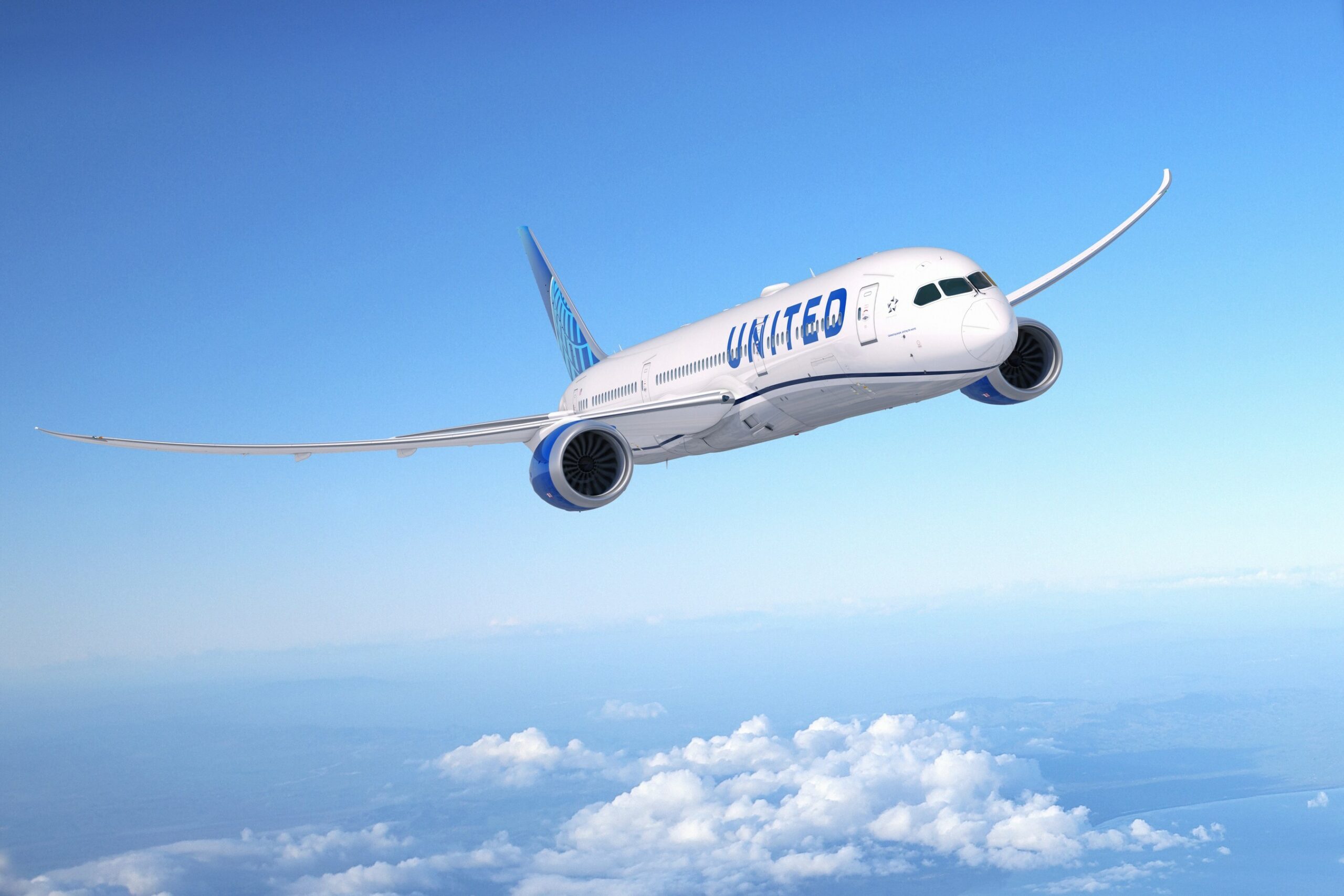


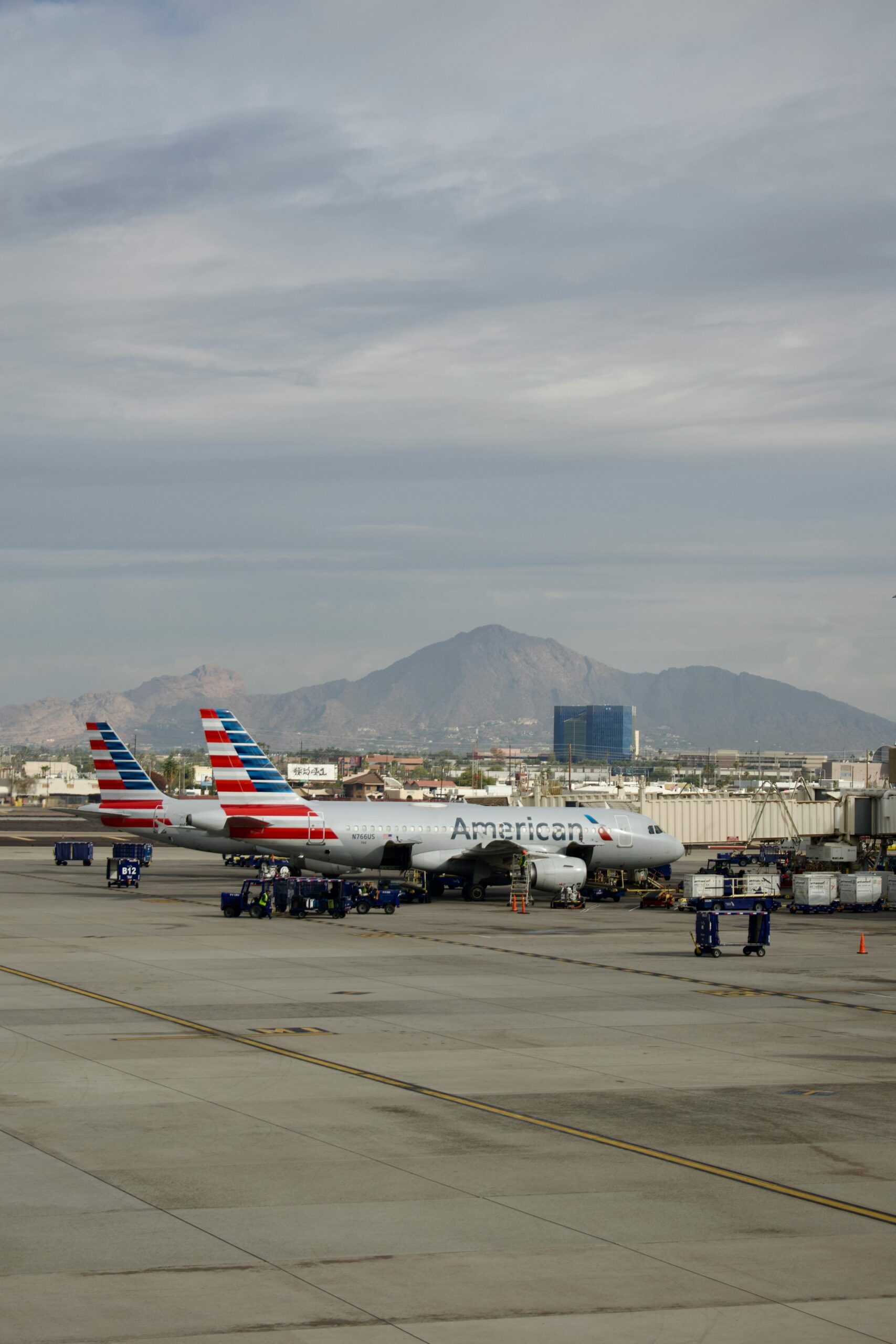
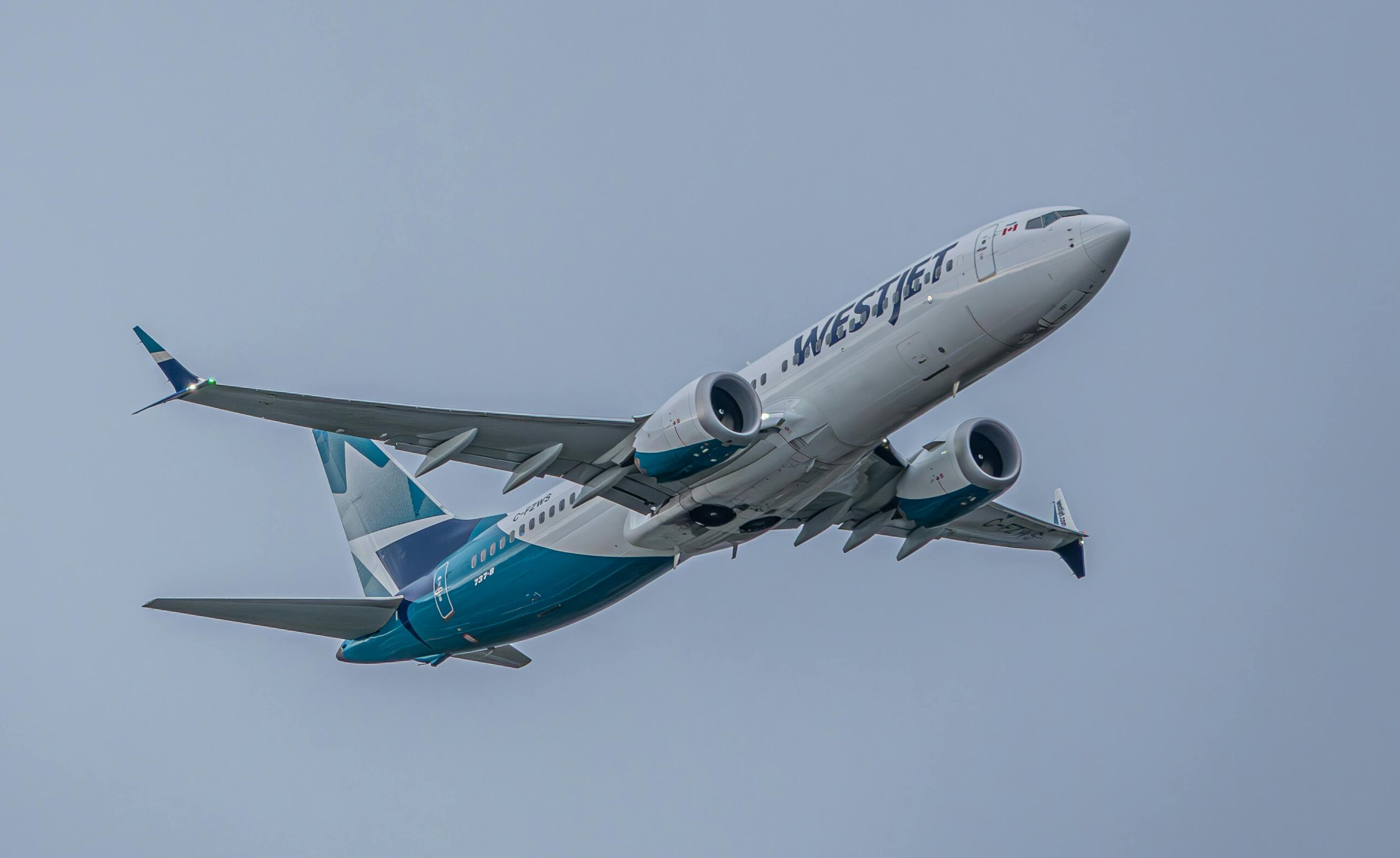
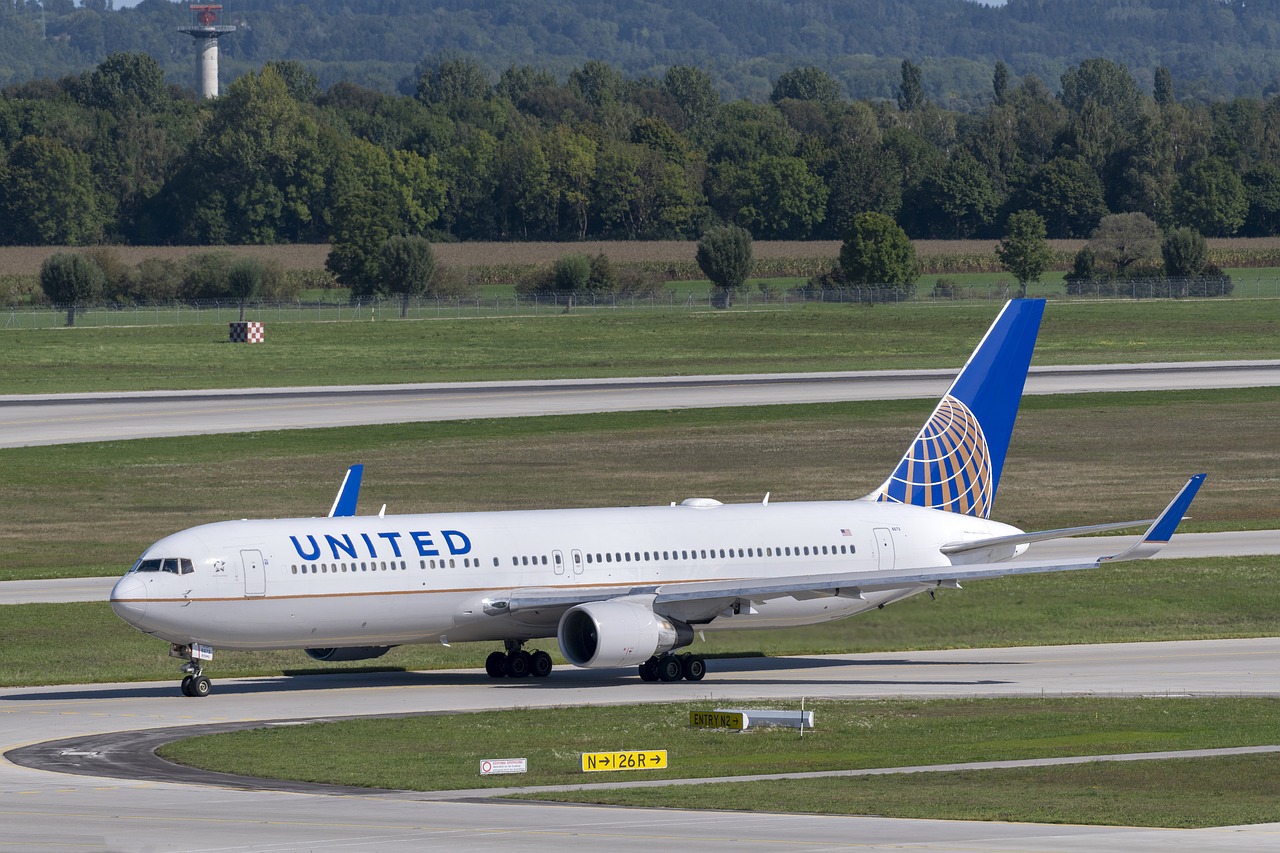
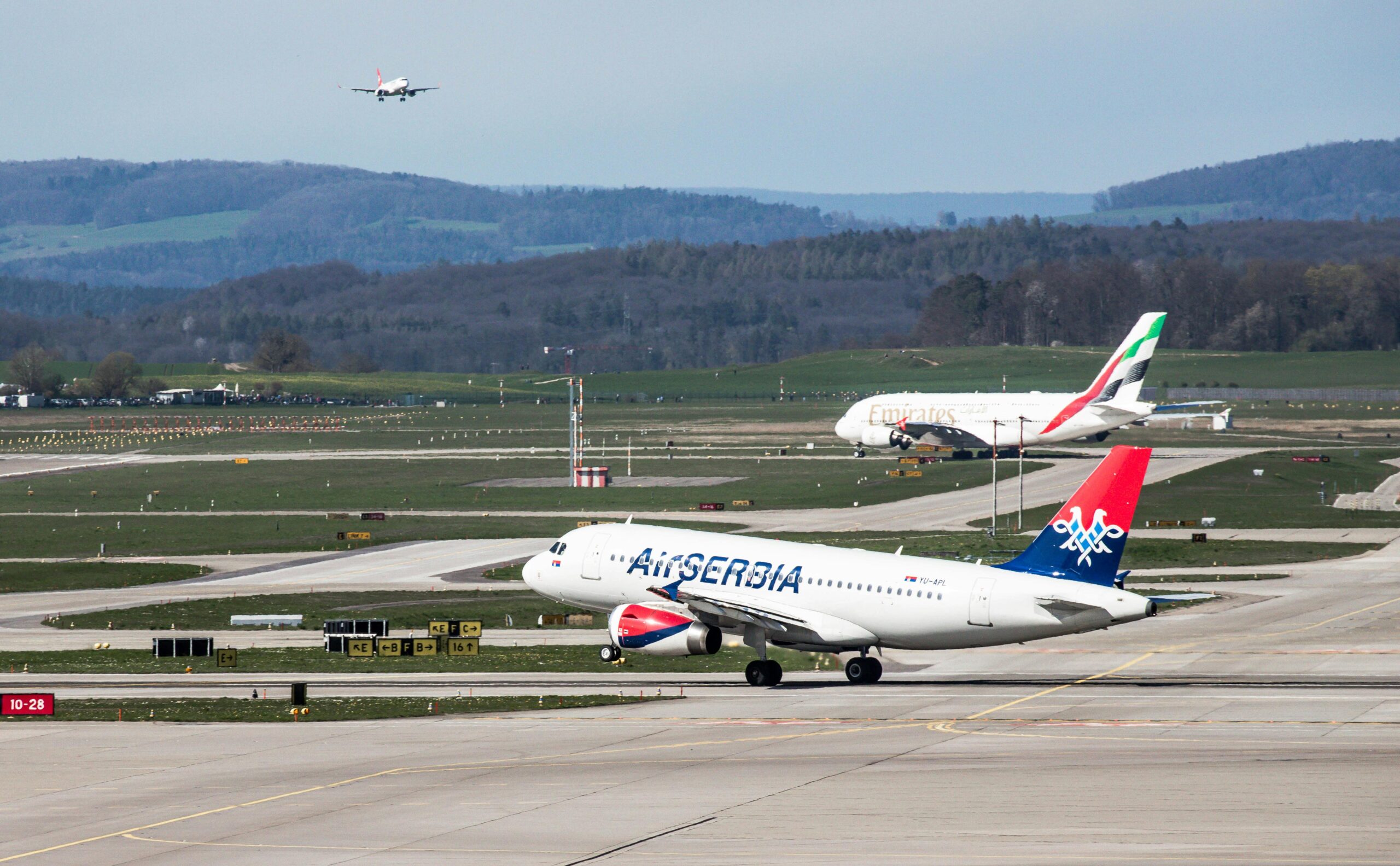

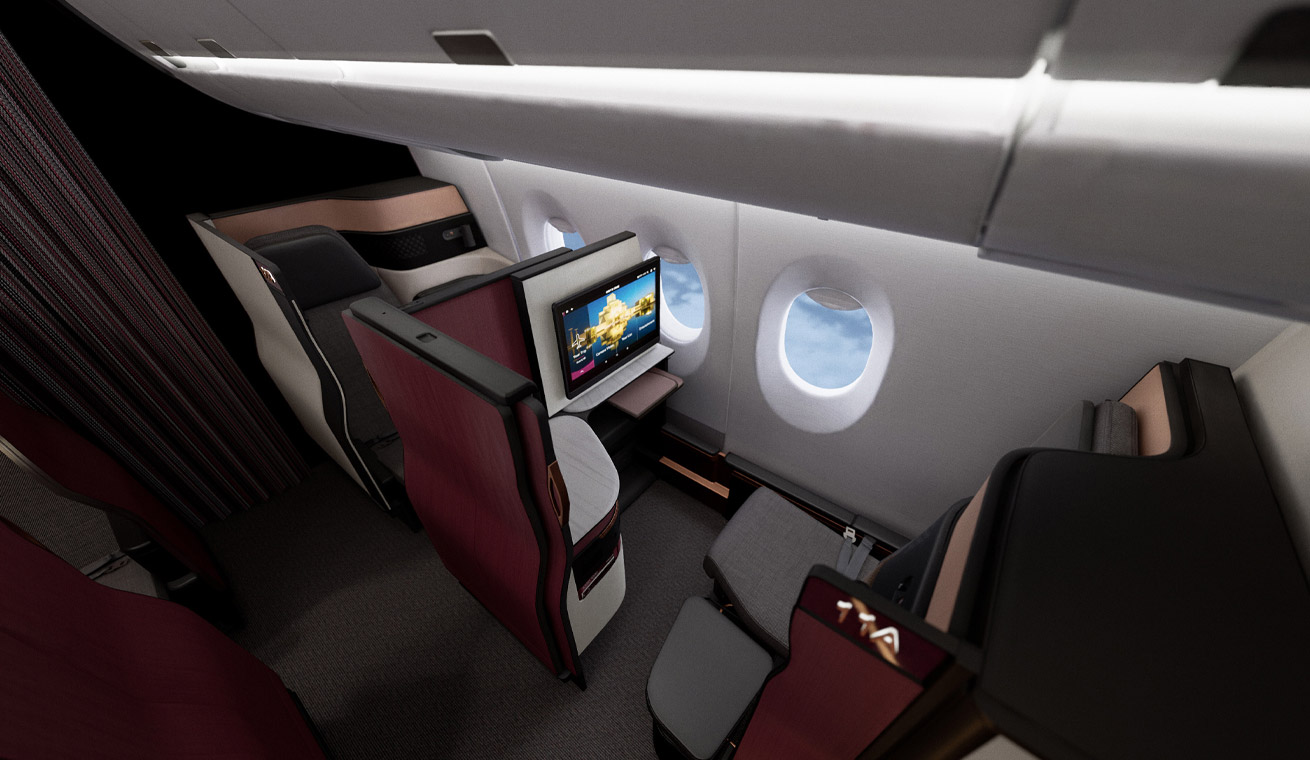
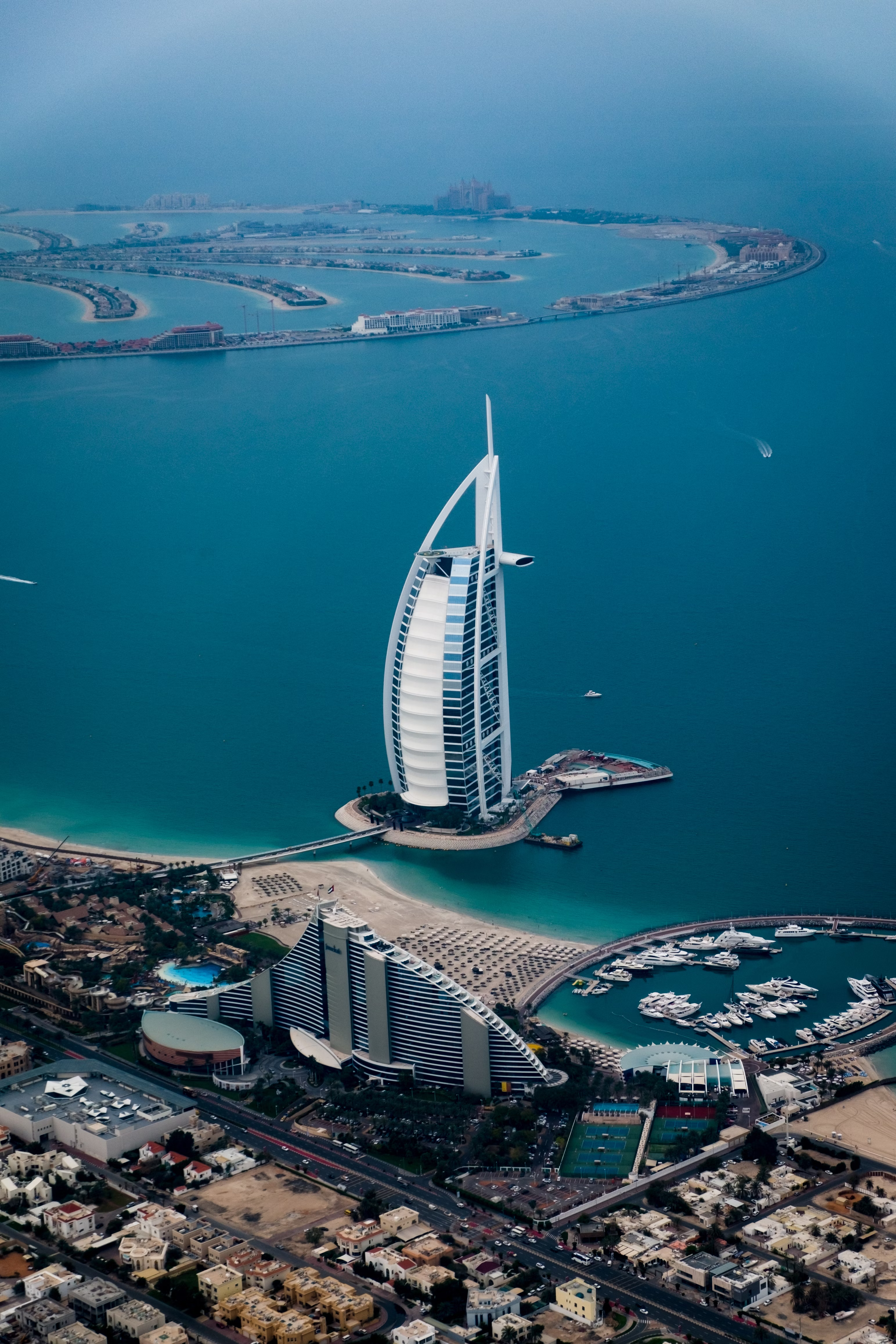

Leave a Reply